Champagne Bruno Paillard
Visiting the Champagne
region, part 2
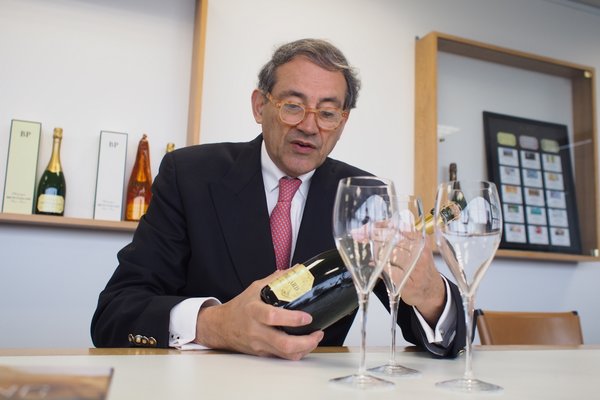
Maison Bruno Paillard is the second visit of this trip. It's a cold
April morning - unseasonally cool - and we find his eponymous
Champagne house off a dual carriageway (albeit called the Avenue de
Champagne in Reims), looking like an industrial unit. There's
nothing fancy about this place. It's about the wines.
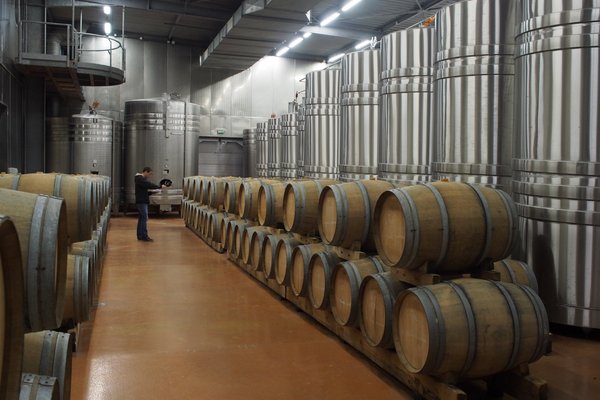
He greets us warmly, and is an entertaining, busy host. This is a
very old region, he says. The vineyards were brought here by Julius
Caesar. We go back 20 centuries. But he points out that the oldest
wine region in the country is Provence, founded by the Greeks.
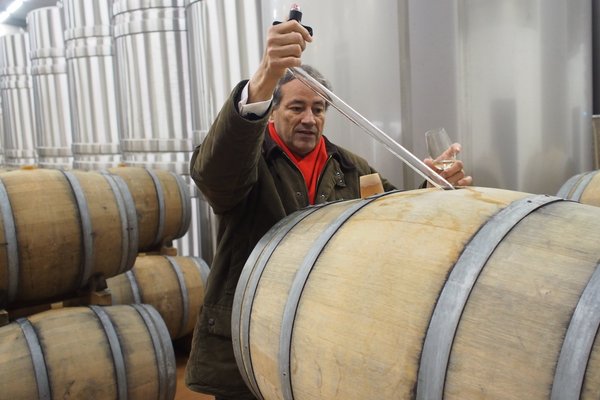
For the first 17 centuries Champagne produced still wine. The
revolution of Champagne as a sparkling wine goes back to Louis XV.
In 1728 he wrote a law that authorised the Champenois to sell their
wines in bottles. 'Hence it made it possible to create Champagne.'
This explains why the oldest Champagne houses were founded at this
time. Ruinart is the oldest in Reims, from 1729, and Chanoine was in
1730.
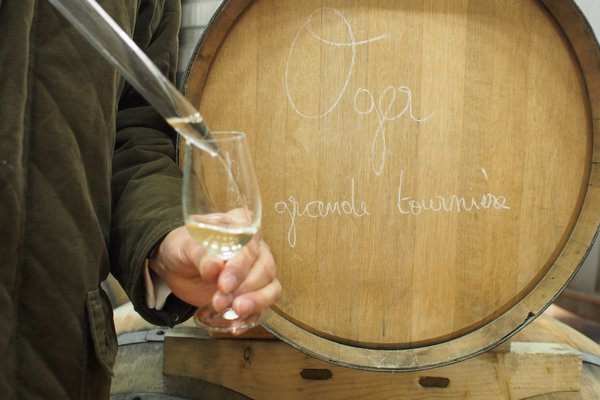
Maison Bruno Paillard is the newest Champagne house, founded in
1981. Paillard has made an emphasis on acquiring vineyards. 'Every
cent we make is reinvested in vineyard purchase,' he says. They now
have 89 parcels in 14 crus, totalling 32 hectares. This covers 60%
of requirements. 'Still, it is important for me to keep grape
contracts with original growers,' he says. 'We have a strong base of
family growers who we have grape contracts with.' This is vital
because there's currently enhanced demand for Champagne grapes.
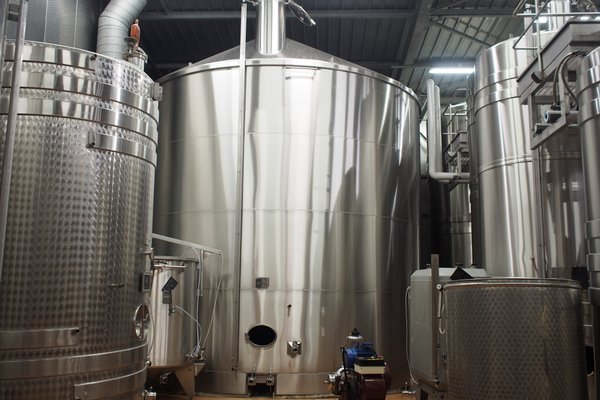
'It protects us from the grape war,' says Paillard. 'In Champagne
there is a huge group which makes half the turnover and 80% of the
profits: LVMH. They are hugely dominant.' He says that they are at
war over grape sources with Pernod Ricard, Piper and Pommery. 'We
see the shells going this way and that way, but we are relatively
protected. It is impossible to gain more grape contracts so for the
long-term safety of Maison Bruno Paillard it is necessary to own
vineyards.'
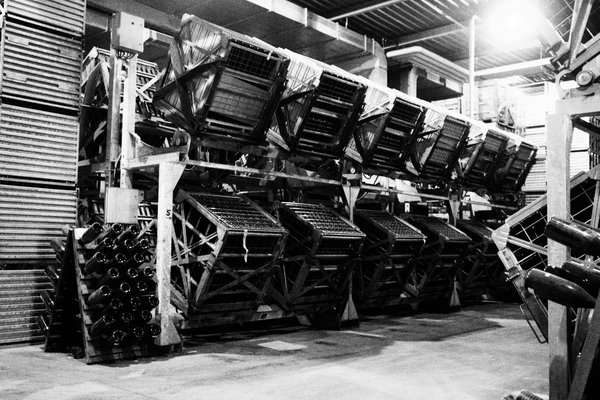
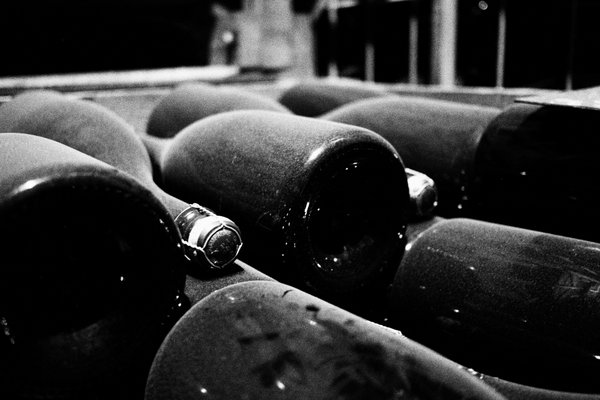
Paillard doesn't use herbicides, but works the soil. 'My daughter
works where she has children. We don't want to poison our soils; we
also want to oblige the roots to go vertical. If you keep the soil
flat with herbicides then the roots will remain lazily horizontal
and stay on the surface. If you work the soils four times a year the
surface roots are constantly destroyed. It is very important for the
minerality.'
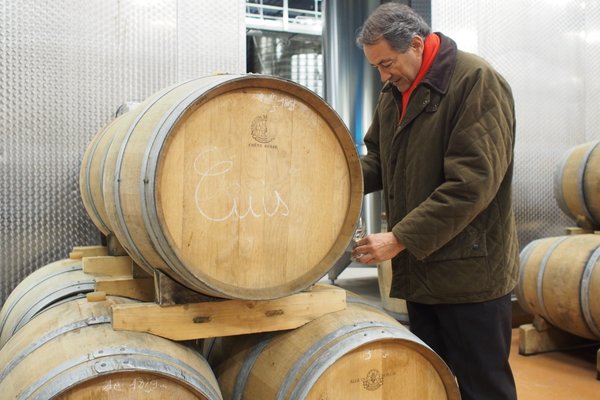
20% of the base wines are fermented in barrels. We had a look at
barrel samples of base wines. Bruno Paillard insists that he only
assesses base wines by nose only. He does the composition along with
chef du cave Laurent Guilot, but it is Bruno's nose that decides.
The assemblage is done in June in a large tank with a propeller that
mixes everything.
The wines, once bottled, are kept at 10.5 C, with controlled
humidity and only sodium lights so there is no UV.
'Disgorging is surgery,' says Bruno. 'You open the bottle, remove
something, you put something in and close it. What does your wine
need after? A convalescence period.'
These are some of his thoughts about the characteristics of the
different varieties and sites.
-
Chardonnay: more white flower than citrus fruit; fresh almond
-
Pinot Noir: red berries, red flowers
-
Pinot Meunier: more exotic fruit, with banana, mango and
pineapple. Softer and more rounded
Chardonnay from
-
Chouilly: citrus
-
Cuis: citrus/apple
-
Mesnil: more power
Pinot Noir
-
Mailly: little red berries
-
Verzenay: pear, white redcurrant
-
Bouzy: wild strawberry, richer
-
Chigny: nervous, citrus, raspberry
Pinot Meunier
-
Rilly: very exotic and fruity
-
Chigny: very fruity and exotic
-
Fetigny: pear and some peach
The Paillard Premier Cuvée is the house NV blend and is half of
production. Rosé is 22% of sales. Then there are the vintage wines
and the Blanc de Blancs Grand Cru.
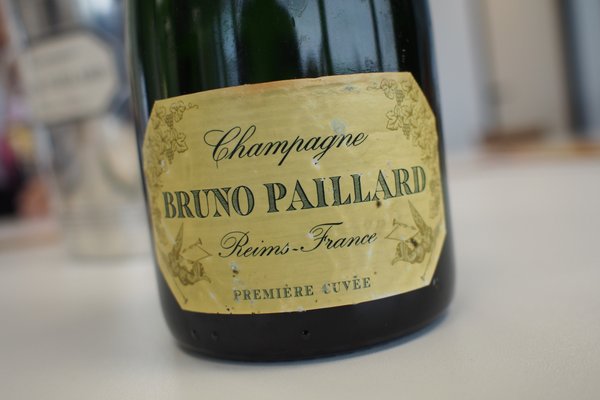
'We never really change the composition fundamentally,' he says,
speaking of the Premier Cuvée. 'It is like a symphony. I would
compare the different crus to the different musicians of an
orchestra. Maybe the first violin is off form: how do you cope with
that as a conductor? You might talk with the second violin and see
who is capable of taking over. When I make the composition of the
premier cuvée If one cuvee is not at the right level I need to do
fine tuning to see who is capable of delivering the right notes.'
Champagne Bruno Paillard Première Cuvée Extra Brut NV France
Disgorged September 2015. Until seven years ago this had 7.5 g/l
dosage; this has since been reduced to lower than 6 g/l. Highly
aromatic with fresh white peaches, some pear and subtle toast
character. Very fine and citrussy on the palate with hints of cherry
and brioche alongside the citrus fruit. Zesty and refined. 91/100
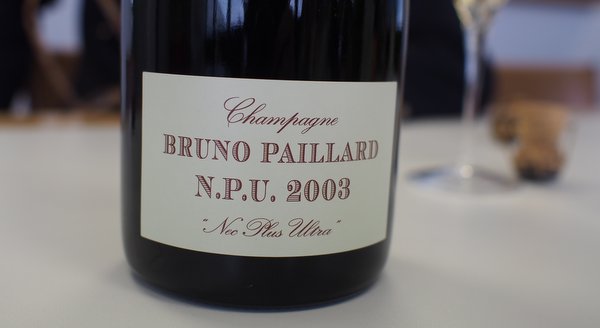
Champagne Bruno Paillard NPU 2003 France
NPU
stands for Nec Plus Ultra, and this gets a 3 g/l dosage. This was
the famously hot vintage, but Bruno has produced something special,
in a year when another challenge was very little Chardonnay because
of frosts. Distinctive creamy, toasty nose with fine pear and white
peach fruit. Rich, taut, nutty palate with cherries, pear and
quince. Complex, broad and intense with hazelnut, pear, cherry and
some delicate savouriness. Hints of fennel and white pepper. 95/100
See also:
VISITING CHAMPAGNE
 Part
1, JL Vergnon Part
1, JL Vergnon
 Part
2, Bruno Paillard Part
2, Bruno Paillard
 Part
3, Anselme Selosse Part
3, Anselme Selosse
 Part
4, Pierre Péters Part
4, Pierre Péters
 Part
5, Ulysse Collin Part
5, Ulysse Collin
 Part
6, Gosset Part
6, Gosset
 Part
7, De Sousa Part
7, De Sousa

 Champagne
Charles Heidsieck Champagne
Charles Heidsieck
 Veuve
Clicquot Cave Privee Champagnes Veuve
Clicquot Cave Privee Champagnes
Wines
tasted 04/16
Find these wines with wine-searcher.com
Back
to top
|

